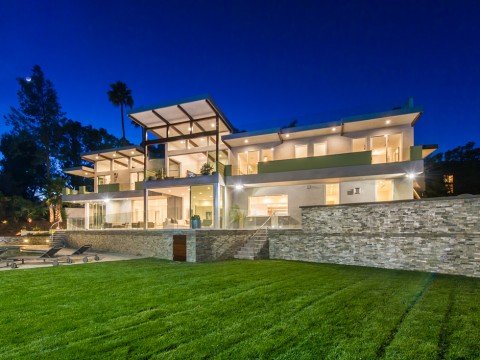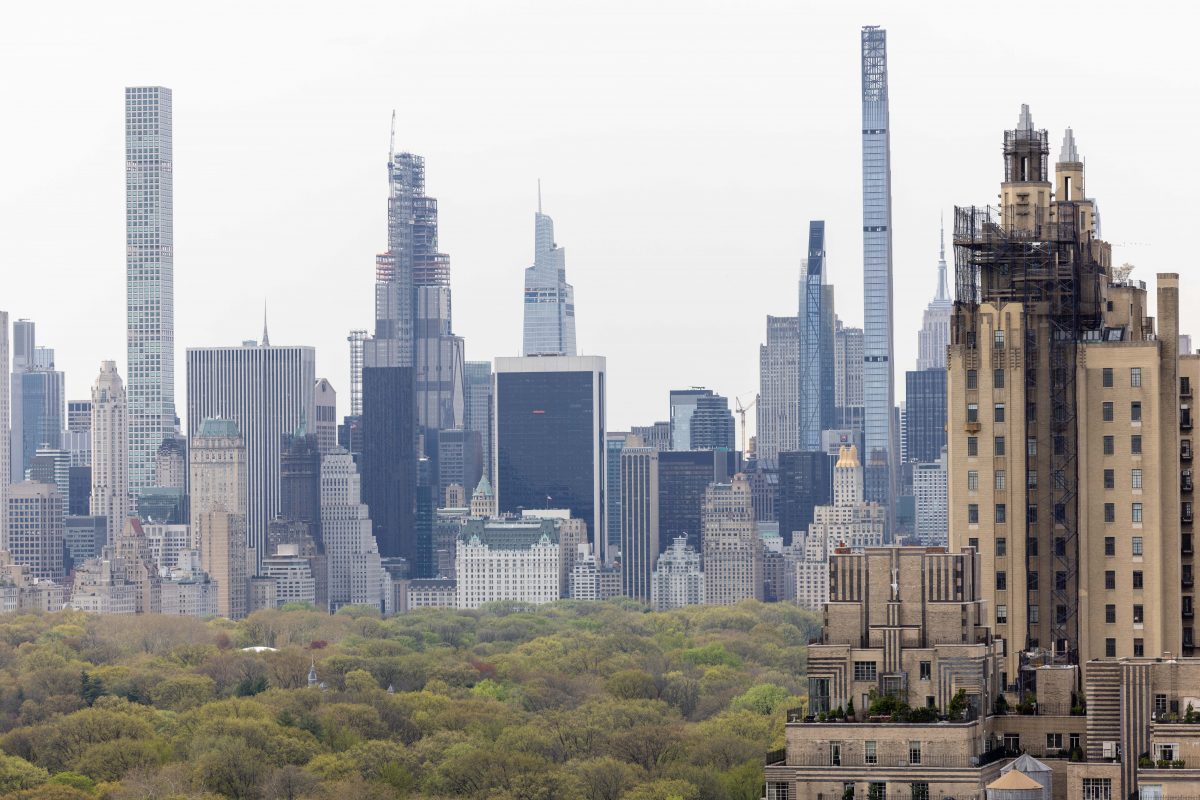The smart green home at 770 Paseo Miramar in the Pacific Palisades
By Max Mervis
As California faces another year of severe drought with no end in sight, most of us are doing all we can to control our consumption of that vital resource, water. Yet aside from just limiting the amount of water used within the home, from appliances to light bulbs, all of our choices affect water consumption, energy costs and, most importantly, the environment. While as a society we are becoming more green-conscious, making your home more energy efficient doesn’t only help our planet – it can also make your home more desirable (and sell faster), when putting it on the market. There are plenty of ways you can make your home more eco-friendly, and the following are just a few ways to get you started.
Inside the Home
Now that incandescent light bulbs are being phased out in favor of compact fluorescent and LED bulbs, we are on the road to preventing 9 billion pounds of greenhouse gas emissions per year – the equivalent of about 800,000 cars. In addition to this simple but meaningful change, one of the easiest ways to green your home, save energy and cut utility bills is to install a programmable thermostat. Half of your energy bill goes toward heating and cooling your home, so by programming the thermostat just one time you won’t have to think about adjusting it again; it does it all for you. Plus, you can shave an additional 3 to 5 percent off your energy bill by setting the thermostat below 68 in winter and above 78 in summer.
To control water consumption, toilets are the most obvious starting point because they use 26-percent of the water in your home. Many high-efficiency toilets on the market use as little as 1.28 gallons per flush, which can add up to a savings of 3,000 gallons of water per toilet, per year. Smart homeowners are also installing aerators on sink faucets which use significantly less water without compromising hygiene. Less water equates to lower water costs, and lower energy costs to heat the water.
When choosing appliances, pick only those with the ENERGY STAR label. While you are probably familiar with the symbol, you may not know ENERGY STAR is a government program that was started to reduce greenhouse gas emissions. These appliances offer significant energy and water savings (usually 10 to 50 percent), without compromising performance.
If the time has come to replace flooring, there are many options available with Mother Nature in mind. Bamboo is a rapidly renewable resource, so it would be a very green choice for your floors. If you’re not crazy about the color and look of bamboo, take a look at woven bamboo. Not only is it often stained in interesting colors and looks more like a grained wood, it’s also much harder and more durable than traditional bamboo. And as a flooring option, it’s quite affordable.
Outside the Home
Believe it or not, the right landscaping will add to the energy efficiency of your home by providing shade in summer and insulation in winter. The EPA recommends planting trees that lose leaves on the western and southern sides of the home in order to reap the benefits. In summer, the trees provide shade and block infrared light which keeps your house cooler. Once winter hits, when trees have lost their leaves more sunlight will reach the windows and warm the house.
As you probably know, planting native trees is always best as they will thrive in their indigenous environment. With a focus on the natural landscape and plants native to the area, you can actually save money on the cost of taking care of your lawn since most natural landscaping requires less water and maintenance. Savings on average can range from $700 per year or even more.
Being earth-friendly doesn’t require going solar or growing all your own food. There are plenty of easy ways to make a big difference, and allow future buyers to reap the benefits as well.



